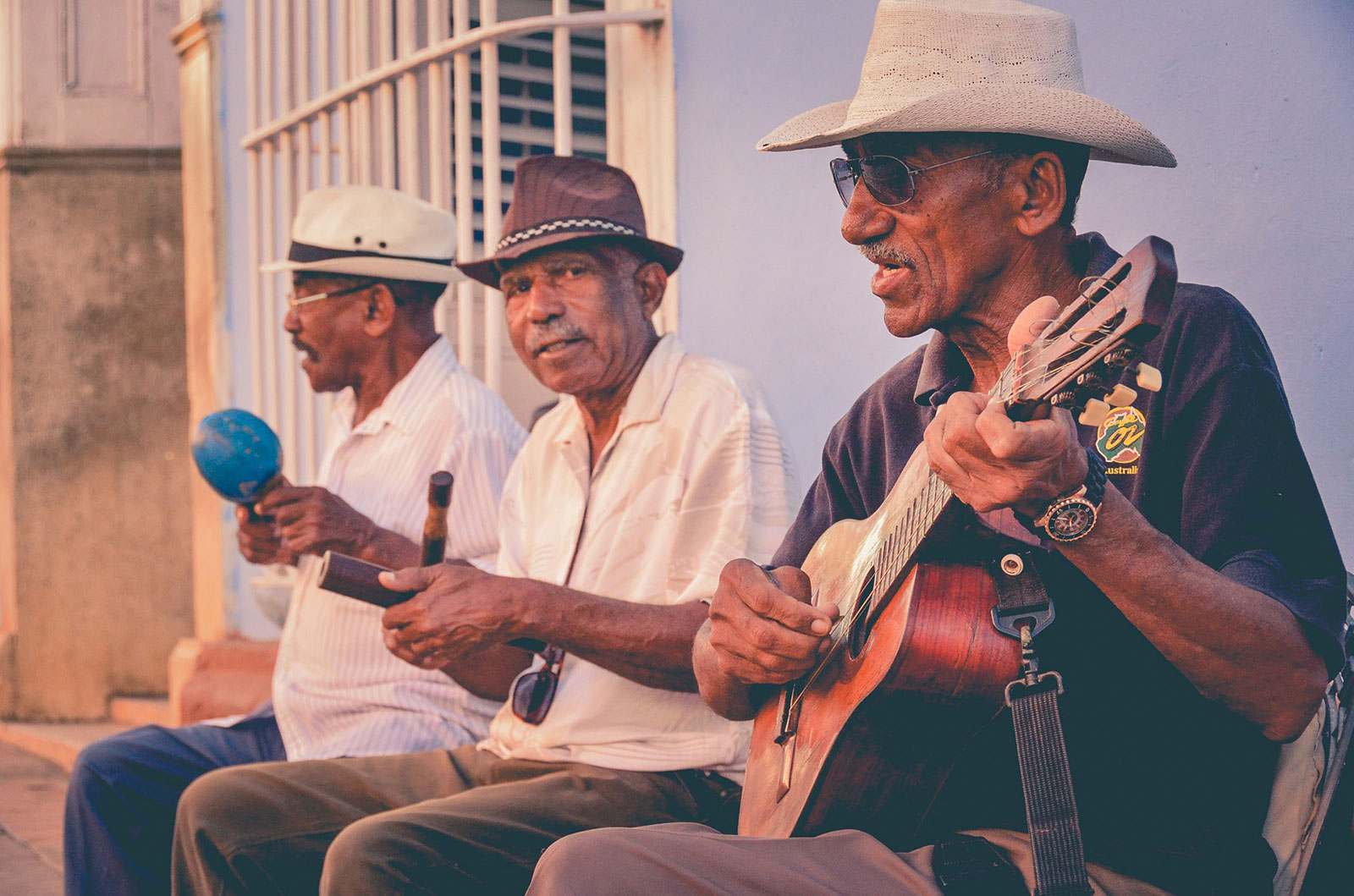Culture
Patterns of behavior that unify a people group.
LeCompte and Schensul define culture as:
Group patterns of behavior and beliefs that persist over time. Therefore, a group (even a small sub-group) must adopt a behavior or belief and practice it over time if it is to be defined as cultural rather than individual or personal. For example, the insertion by a handful of adolescents of safety pins in their earlobes could be viewed as a form of personal mutilation. But when the use of safety pins and other hardware as jewelry becomes commonplace, as it did in the teenage punk subcultures of North America and Europe, it becomes a cultural practice.
Culture also can be treated as a mental phenomenon; that is, as consisting of what people know, believe, think, understand, feel or mean about what they do.
Cultures don’t have to be in faraway lands or with people who dress in traditional garb. Any group of people who embrace the same ideals and behave the same way is a cultural group. People who get together regularly and dress up for cosplay are a cultural group. Some companies champion a corporate culture that includes company-wide traditions like celebratory awards. Culture manifests anywhere people regularly practice rituals and practices from girls softball teams to religious groups. Cultural practices are developed over time and often become a point of pride for people. People’s culture is part of their identity, and it situates their place of belonging in a bigger historical picture.
